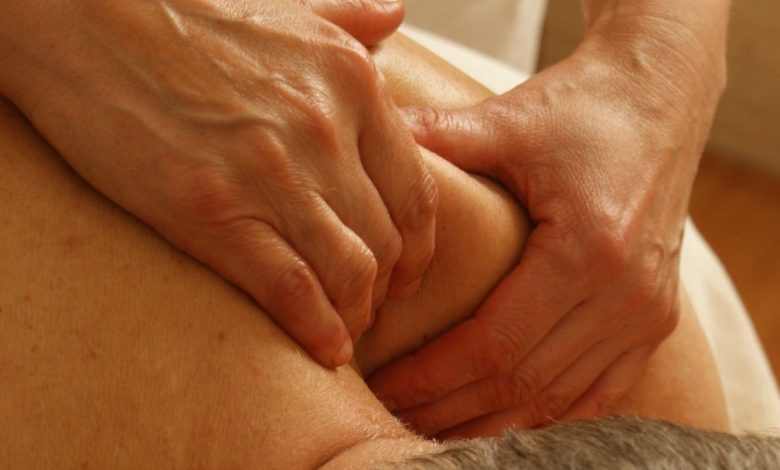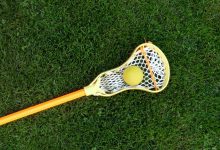Recovery Massage: Rejuvenate, Restore, Revitalize
Recovery Massage: Rejuvenate, Restore, Revitalize

In the quest for holistic well-being, recovery massage emerges as a beacon of rejuvenation, offering a specialized approach to healing and restoration. This therapeutic practice goes beyond mere relaxation, focusing on aiding the body’s recovery process after periods of physical exertion or stress. In this comprehensive guide, we explore the intricacies of recovery massage, from its key techniques to the myriad benefits it provides for individuals seeking to revitalize their body and mind.
Understanding Recovery Massage
Recovery massage is a targeted form of massage therapy designed to assist the body in recovering from the impacts of physical activity, stress, or injury. Whether you’re an athlete seeking post-exercise recovery or an individual dealing with the strains of daily life, recovery massage serves as a tailored solution to promote healing and revitalization Recovery massage.
Key Techniques of Recovery Massage
Effleurage for Enhanced Circulation:
Effleurage, or gentle gliding strokes, is a fundamental technique in recovery massage. Applied with a focus on increasing blood circulation, effleurage helps oxygenate tissues and promotes the removal of metabolic waste, expediting the recovery process.
Petrissage for Muscle Restoration:
Petrissage, involving kneading and compression movements, plays a crucial role in recovery massage. This technique targets deeper muscle layers, helping to alleviate muscle soreness, improve flexibility, and restore the muscles to their optimal condition.
Trigger Point Release for Tension Relief:
Recovery massage often incorporates trigger point release, targeting specific areas of tension or muscle knots. This technique is effective in releasing built-up stress and promoting relaxation in concentrated muscle groups.
Stretching for Flexibility Enhancement:
Incorporating stretching into recovery massage sessions contributes to enhanced flexibility. Gentle stretching movements aid in relieving muscle tightness, improving range of motion, and supporting overall muscle recovery.
Benefits of Recovery Massage
Accelerated Muscle Recovery:
The primary benefit of recovery massage is the acceleration of muscle recovery. The targeted techniques employed help reduce inflammation, alleviate soreness, and contribute to the efficient healing of strained muscles.
Improved Range of Motion:
By addressing muscle tightness and promoting flexibility, recovery massage enhances the range of motion. This is particularly valuable for athletes and individuals looking to regain full mobility after periods of physical activity.
Pain Relief and Tension Reduction:
Recovery massage provides effective pain relief by targeting areas of tension and stress. It helps reduce muscle tightness and promotes an overall sense of relaxation, alleviating both physical and mental tension.
When to Consider Recovery Massage
Post-Exercise Recovery:
Athletes and fitness enthusiasts can benefit from recovery massage as part of their post-exercise routine. It aids in muscle recovery, reduces post-workout soreness, and contributes to overall physical well-being.
Stressful Periods or Fatigue:
During times of heightened stress or fatigue, recovery massage offers a rejuvenating escape. It helps the body unwind, releases accumulated tension, and supports mental and physical revitalization.
Injury Rehabilitation:
Individuals recovering from injuries can incorporate recovery massage into their rehabilitation plan. The targeted techniques aid in the healing process, promoting a faster and more complete recovery.
Creating a Restorative Environment for Recovery Massage
Comfortable and Supportive Setting:
The environment plays a crucial role in recovery massage. A comfortable and supportive setting, including a well-padded massage table and soft linens, ensures individuals can fully relax and focus on their recovery.
Calming Ambiance with Aromatherapy:
Calming ambiance, complemented by aromatherapy, enhances the overall experience of recovery massage. Soothing scents such as lavender or eucalyptus contribute to a serene atmosphere, promoting relaxation and restoration.
Soft Lighting for Tranquility:
Soft, diffused lighting creates a tranquil ambiance during recovery massage sessions. Dim lighting helps induce a sense of calm, allowing individuals to fully immerse themselves in the restorative experience.
Incorporating Recovery Massage into Wellness Practices
Regular Sessions for Ongoing Well-being:
Incorporating recovery massage into a regular wellness routine supports ongoing well-being. Regular sessions contribute to sustained muscle health, stress reduction, and an overall sense of vitality.
Post-Workout Rituals for Athletes:
Athletes can establish post-workout recovery rituals that include recovery massage. This proactive approach aids in preventing injuries, expedites muscle recovery, and promotes longevity in athletic performance.
Self-Care Practices Between Sessions:
Between professional sessions, individuals can practice self-care to maintain the benefits of recovery massage. This may include gentle stretching, hot baths, or relaxation techniques to support overall well-being.
Conclusion
In conclusion, recovery massage stands as a cornerstone in the journey of rejuvenation and restoration. Whether you seek accelerated muscle recovery, improved flexibility, or relief from stress and tension, the tailored techniques of recovery massage offer a pathway to revitalization. As individuals embrace this specialized form of massage therapy, they embark on a holistic journey toward a revitalized body and a reinvigorated spirit.
FAQs
- What is recovery massage?
- Recovery massage is a targeted form of massage therapy designed to assist the body in recovering from physical activity, stress, or injury. It focuses on promoting healing, accelerating muscle recovery, and restoring overall well-being.
- What are the key techniques of recovery massage?
- Key techniques include effleurage for enhanced circulation, petrissage for muscle restoration, trigger point release for tension relief, and stretching for flexibility enhancement.
- What are the benefits of recovery massage?
- Recovery massage offers accelerated muscle recovery, improved range of motion, pain relief, and tension reduction, making it a valuable practice for individuals seeking rejuvenation and restoration.
- When should I consider recovery massage?
- Consider recovery massage for post-exercise recovery, during stressful periods or fatigue, and as part of injury rehabilitation. It serves as a beneficial practice for both athletes and individuals seeking overall well-being.
- How can I create a restorative environment for recovery massage?
- Creating a restorative environment involves ensuring a comfortable and supportive setting, incorporating calming ambiance with aromatherapy, and using soft lighting for tranquility during recovery massage sessions.


